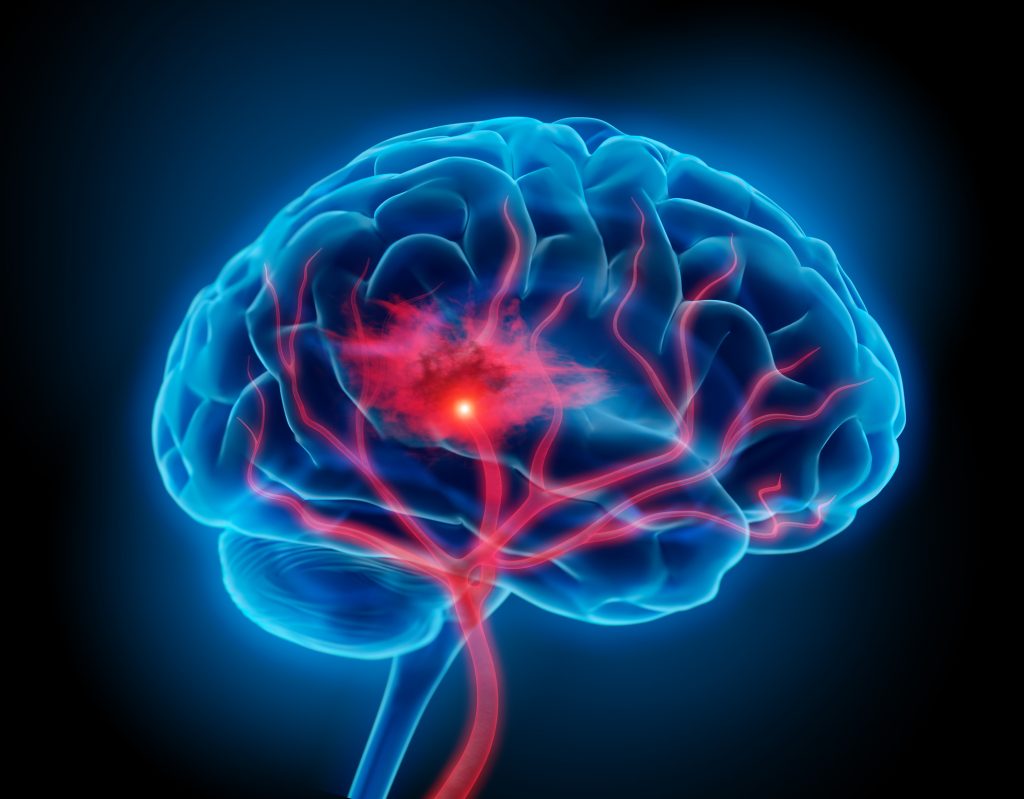Data Drives Change at the Northwestern Ontario Regional Stroke Network
by Keli Cristofaro

The Northwestern Ontario Regional Stroke Network, part of Thunder Bay Regional Health Sciences Centre (TBRHSC), collects and reviews data on the stroke system of care, including how patients arrive at the hospital, rehabilitation, and follow up services, to help drive the delivery of quality care for the people of Northwestern Ontario. Data from 2020-21 shows that stroke care in the region is keeping pace with the province for most reported indicators. Northwestern Ontario is performing well, with almost 70 per cent of people diagnosed with stroke receiving access to Designated Stroke Unit care.
TBRHSC is one of 41 hospitals in Ontario with a specialized stroke unit. Established in 2015, the Regional Stroke Unit is dedicated to caring for patients with stroke and staffed by a specialized team of health care professionals. Stroke unit care has been proven to saves lives and improve outcomes. People who receive stroke unit care are also more likely to return home, and regain independence compared to patients who receive less organized forms of care.
The region has the opportunity to improve referral rates to secondary stroke prevention services after discharge from the Emergency Departments. Data reveals that 30 per cent of people presenting to Emergency Departments in Northwestern Ontario with a stroke or transient ischemic attack (TIA) were not referred to stroke prevention services. The Secondary Stroke Prevention Clinic at TBRHSC addresses stroke prevention in a coordinated and interprofessional manner, based on best practices. Care includes investigations to determine possible causes of the stroke or TIA as well as providing patient and family education. Patients referred to the clinic are seen by a neurologist, nurse practitioner and a dietitian. Regional patients are linked in Northwestern Ontario to either one of four Community Stroke Prevention Clinics (Kenora, Fort Frances, Sioux Lookout and Marathon), or the Family Health Team in Dryden. Patients are assisted to monitor risk factors and assist with lifestyle strategies to prevent reoccurrence.
“By reviewing our annual stroke data we are able to drive improvements,” said Trina Diner, Manager of Regional Stroke Network and Neurology Services. “The Northwestern Ontario Regional Stroke Network continues to look for ways to address unique regional challenges and build on successes to achieve the ultimate fewer strokes and better outcomes for the residents of Northwestern Ontario.”
One important indicator for the public to remember is to call 9-1-1 when experiencing stroke symptoms. Dr. Ayman Hassan, Neurologist and Medical Lead said, “The Stroke Network encourages patients and their families learn the signs of stroke (Face, Arms, Speech and Time) and act FAST. If the signs of stroke are suspected, call 9-1-1 or your local emergency number right away. The quicker you act, the greater likelihood of accessing brain saving treatment.”
To learn more about stroke care in Northwestern Ontario, please visit www.tbrhsc.net/nwostroke/.